
While it's been disappointingly quiet for comet observers, aurora hunters and meteor watchers, there's no doubt that 2022 has been a great year for planet spotters. Back in early summer there was a striking and much-hyped 'chain of worlds' spread out across the sky, with half a dozen planets strung out along the ecliptic like beads on a bracelet. Unfortunately, that celestial treat was only visible before dawn, so many people missed it or didn't even know it was happening at all.
But good news: another planetary parade will be on view this month! And even better news: this time it will be in the evening sky, so you won't need to set the alarm really early to see it. Throughout September no less than five planets - Saturn, Jupiter, Mars, Uranus and Neptune - will all be on view at once, if you look at the right time.
As exciting and rare as it was, summer's planetary line-up wasn't easy to see for many Northern Hemisphere sky-watchers - some of the planets were overwhelmed by the bright summer sky. But this month's gathering will be taking place after dark, so all the planets involved will be either very easy to see with the naked eye or easy to find in binoculars and small telescopes. And as an added bonus, one of the Solar System's most famous minor planets, Vesta, will be in the same region of the sky too.
But when will be the right time'? Although some of these worlds will be on view soon after sunset, you won't be able to see all of them strewn across the sky together until around 10:30pm, so if you want to show them to any space-mad youngsters, they may need to take a nap first and then go out later. We'll look at the view on one particular night mid-month, 18 September, but don't worry if it's cloudy on that night because these planets will be on view throughout September.
この記事は BBC Sky at Night Magazine の September 2022 版に掲載されています。
7 日間の Magzter GOLD 無料トライアルを開始して、何千もの厳選されたプレミアム ストーリー、9,000 以上の雑誌や新聞にアクセスしてください。
すでに購読者です ? サインイン
この記事は BBC Sky at Night Magazine の September 2022 版に掲載されています。
7 日間の Magzter GOLD 無料トライアルを開始して、何千もの厳選されたプレミアム ストーリー、9,000 以上の雑誌や新聞にアクセスしてください。
すでに購読者です? サインイン
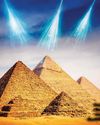
Putting cosmic rays to work
These penetrating interstellar particles have applications from astronomy to archaeology
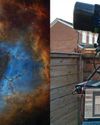
Set up your first imaging sequence
How to automate and coordinate your gear over multiple nights of imaging
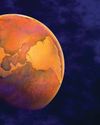
The Universe without gravity
Life with no gravity might sound a fun idea, but as Govert Schilling explains, shutting off this pivotalforce would spell disaster for Earth and beyond
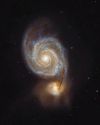
How to blend images taken with different camera setups
Combine data captured at varied focal lengths to create rich, deep images

INSIDE THE SKY AT NIGHT
Back in September 2021, The Sky at Night show spoke to Carly Howett about NASA's then upcoming Lucy mission. As the spacecraft now approaches its main targets - the Trojan asteroids - we check in with her to see how the mission is going

The science of SCI-FI
We love a good sci-fi film, but do they get the science right? Amy Arthur picks six of the big mistakes made in space films

Seeing in a new light
It's National Astronomy Week this month, so take a tip from Mark Westmoquette and let mindful stargazing change your perspective on your life and problems
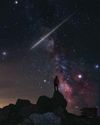
What to do if you find a meteorite
Ever come across an unusual rock and wondered if it's a meteorite? Mark McIntyre explains how to tell if that stone really is a fragment from outer space

GEAR
Charlotte Daniels rounds up the latest astronomical accessories
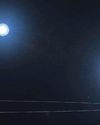
Q&A WITH A STELLAR ECLIPSE SPECIALIST
Many stars are gravitationally locked inside multi-star systems, but a rare new triple-star system has set a new record for how cosy these clusters can get